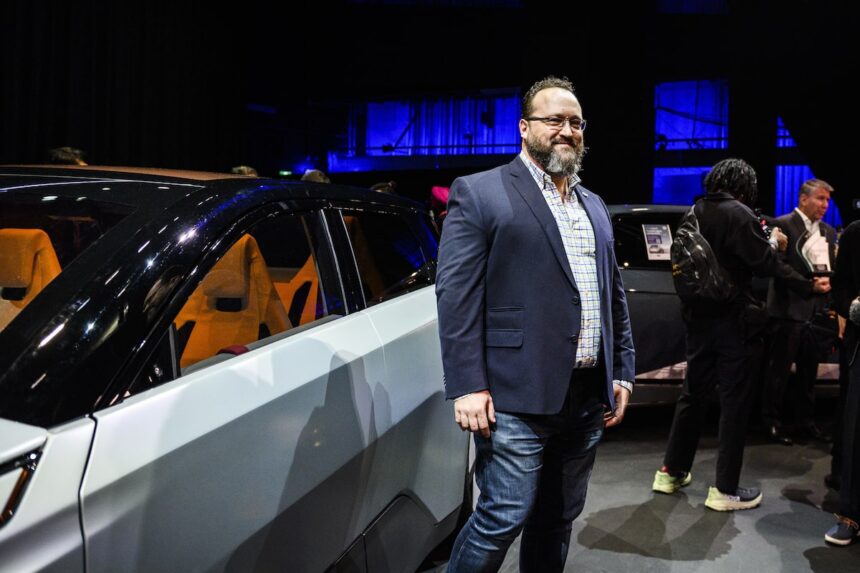The sprawling floor of the Canadian International AutoShow in Toronto buzzed with activity last week, but beneath the polished surfaces and gleaming new models, a revolutionary idea was gaining traction. Flavio Volpe, president of the Automotive Parts Manufacturers’ Association, has thrown his substantial industry weight behind a bold proposition: creating a domestically owned Canadian automaker for the first time in decades.
“We’ve spent generations building automotive expertise in this country,” Volpe told me during an exclusive interview at the show. “The capability to design, engineer, and manufacture vehicles exists right here—what’s missing is the Canadian nameplate.”
The proposal comes at a critical juncture for Canada’s automotive sector, which has weathered significant storms in recent years. Foreign-owned manufacturers have repeatedly scaled back Canadian operations while expanding in Mexico and southern U.S. states, taking thousands of high-paying jobs with them.
Statistics illustrate the challenge: Canadian vehicle production dropped from 2.5 million units in 2000 to just 1.1 million in 2023. Meanwhile, Mexico’s production surged from 1.9 million to 3.7 million vehicles during the same period, according to industry data.
Volpe, whose association represents companies employing over 100,000 Canadians, argues that the transition to electric vehicles presents a rare opportunity to reshape the industry landscape. “The EV revolution has reset the playing field,” he said. “Legacy advantages matter less when everyone’s learning a new technology simultaneously.”
The proposal doesn’t envision government ownership but rather suggests federal support through tax incentives, investment matching, and procurement policies that would help establish a privately owned Canadian automaker. This approach mirrors successful models in countries like South Korea, where government backing helped transform Hyundai from a fledgling manufacturer into a global powerhouse.
Industry experts note that Canada possesses critical ingredients for success: engineering talent, manufacturing infrastructure, and access to essential battery minerals. The country also boasts a strong position in the CO24 Business sector that could support such an ambitious venture.
“We’re not talking about building the next Tesla overnight,” explained automotive analyst Emma Richardson. “The strategy would likely focus on specialized vehicles for government fleets, commercial applications, or niche consumer segments where Canadian innovation can shine.”
Critics question whether a new entrant can compete in an industry dominated by massive global players with economies of scale. They point to the cautionary tales of other national champion efforts that faltered despite government support.
However, proponents counter that traditional metrics may not apply in the rapidly evolving EV landscape. “The cost structure for electric vehicles differs fundamentally from internal combustion engines,” notes Volpe. “With fewer moving parts and simplified assembly, the barriers to entry have never been lower.”
Several Canadian tech companies have already demonstrated prowess in developing components for electric and autonomous vehicles, as reported in CO24 Sports coverage of tech-forward racing innovations. What’s missing is the integration of these capabilities under a unified Canadian brand.
The timing may be fortuitous as governments worldwide look to secure domestic supply chains for critical industries in the wake of pandemic-related disruptions. Canada’s Minister of Innovation recently signaled openness to “bold initiatives” that strengthen the country’s manufacturing resilience.
Recent CO24 Breaking News coverage highlighted federal investments exceeding $2 billion in EV battery production facilities, suggesting appetite for major automotive initiatives.
As the industry undergoes its most significant transformation in a century, Volpe’s proposal raises a compelling question: Will Canada seize this moment to create its own automotive destiny, or continue watching from the sidelines as other nations capture the future of mobility?










